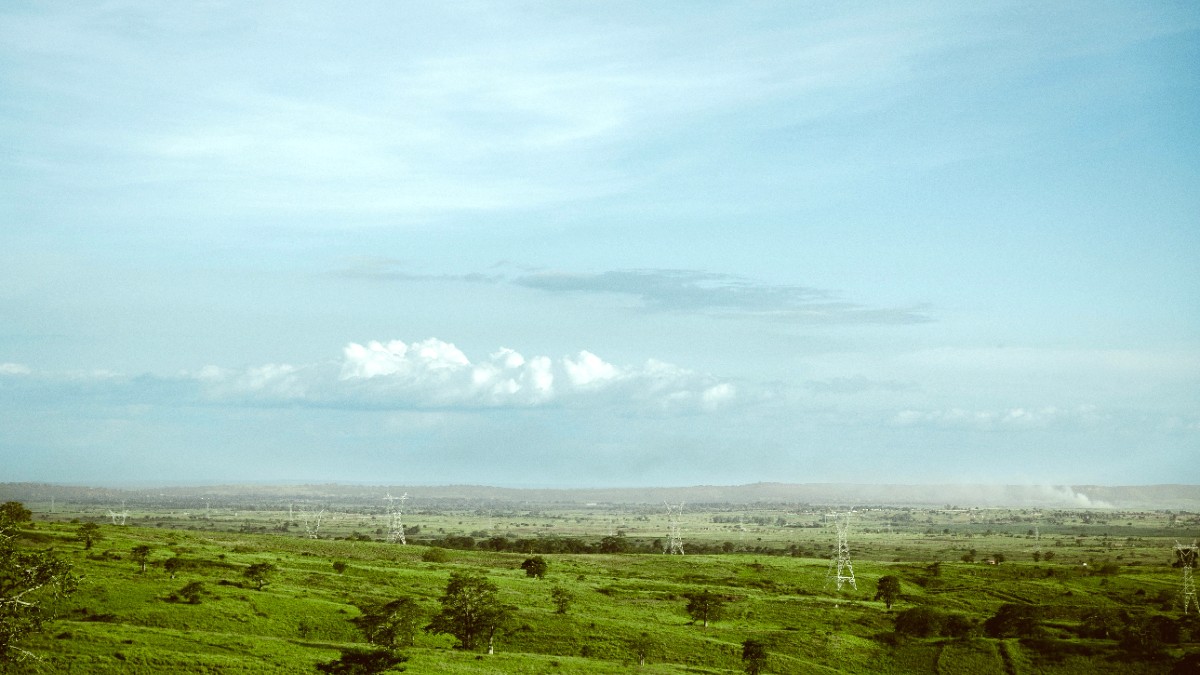
Angola's public transportation system, notably in Luanda, differs from expectations for many international travelers.
No Metro or Tram System: Angola does not have an underground metro system or a tram network.
Formal maps for Candongueiros are rare; routes are understood by locals.
Public transport is generally not accessible for travelers with mobility challenges.
Ask locals for directions. Carry small denominations for fares. Secure valuables. Observe local usage first.
$50 - $100 per day
$150 - $300 per day
$400+ per day
$5 - $15
Taxis and ride-sharing services offer more convenience and often better safety than public minibuses, especially in urban areas.
$5 - $15
$20 - $40 (negotiated)
Variable, negotiate with driver
Renting a vehicle offers maximum flexibility, but also carries responsibilities and challenges.
Less common for tourists. Angolan roads are hazardous for two-wheelers.
Not generally recommended for general tourist travel.
Bicycle sharing programs are not available. Rentals are limited, mainly to some hotels or specialized tour operators.
Best done with a guide in specific rural or less congested areas.
Unique local transport types like tuk-tuks or jeepneys are not typically found.
No specialized local transport options.
Tour buses are not common for general city tourism. Organized tours use private vans/buses.
Infrastructure generally not designed for accessibility.
Candongueiros are for locals. Taxis/apps offer more comfort/safety for tourists.
Choose your local transport based on your comfort, budget, and destination. Taxis and ride-sharing offer convenience in cities.
For unique local experiences, Candongueiros offer a glimpse into Angolan daily life, but with greater risks. Always prioritize your well-being.